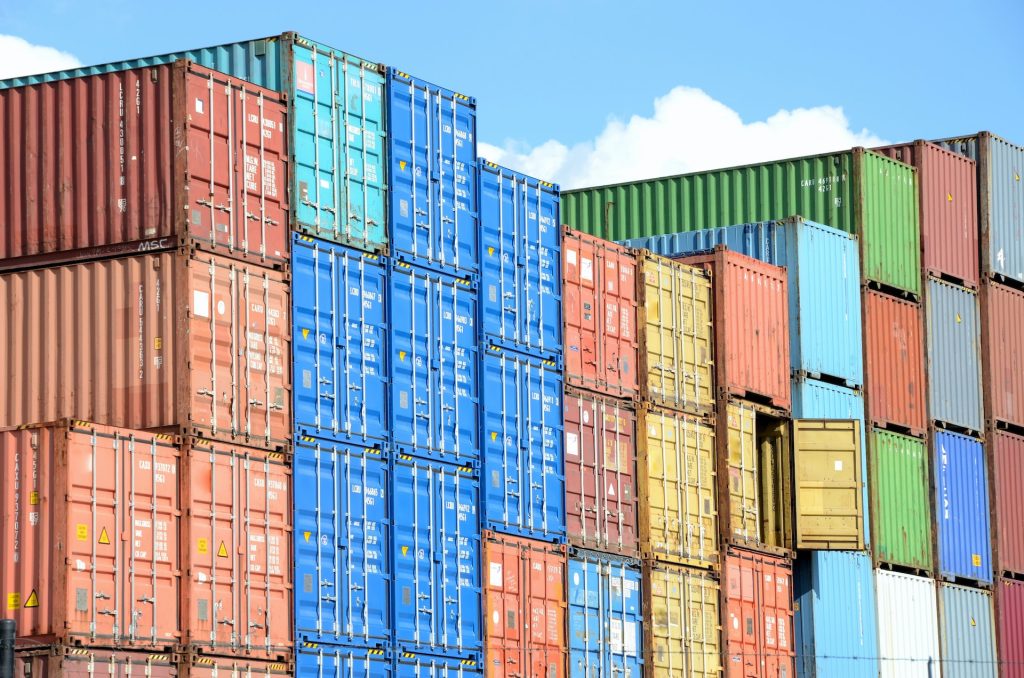Flexible and Secure Shipping Container Storage for Any Enterprise


There are numerous types of shipping container storage and the best bunkering services in Malaysia that can meet the needs of any business. Because goods come in many shapes and sizes and have different requirements such as regulated temperature or humidity levels, it’s essential to choose the most suitable one.
Before choosing your next shipping container, it is advantageous to consult with an experienced logistics provider to advise on the right storage solution for your goods.
General-purpose containers often called dry containers, are built using sturdy weatherproof materials to protect its contents from the elements. When transferring common commodities with no unique specifications, these shipping container types are a great option for both short- and long-term storage.
Dry containers are highly adaptable and can be used for anything from storage to a makeshift workplace.
A double-door shipping container is a great option when you need to load and unload products quickly. With access from each end, it’s possible to have two shifts of workers on duty at once.
Goods are protected from the elements and unauthorized access in transit or storage thanks to the use of weatherproof seals and locks.
You can’t just throw anything through the ends of a shipping container. It’s possible that you’ll require a crane to carry some really tall steel beams or enormous factory machinery. For this purpose, a shipping container without a fixed roof can be used.
Cargo is kept safe by lashing rings and corner posts during transit, and a crane or rolling bridge can be used to discharge the load at its destination.

Thermo containers, commonly known as insulated shipping containers, are portable storage rooms with climate controls. Transportation of perishable items requires careful attention to environmental conditions, such as temperature and humidity.
When transporting liquids or hazardous materials, tank shipping containers ensure their safekeeping. These units are designed to endure contact with potentially dangerous substances by utilizing robust steel and other anti-corrosive metals, such as those commonly encountered on a construction site.
Filling the tank to at least 80% capacity is recommended to avoid unpredictable surges during transit. However, you must also compensate for thermal expansion by leaving a minimum of 5% extra room.
A shipping container that is only half-height is a good alternative when you need to move big or dense materials that don’t require a lot of vertical storage space. These containers have a low center of gravity, which makes them more stable than taller units. Additionally, the rigid construction materials imply that they are suited for work that requires a lot of force and forcefulness.
Because it is simpler to load and unload heavy items using a half-height container, the coal and construction sectors frequently make use of these kinds of containers.
A custom shipping container may be the best option if you need a unit that doesn’t fit the standard mold. Customization of the interior and exterior allows for a more streamlined loading and unloading experience. An investment in a customized shipping container may save money in the long run despite the higher price tag.
If this storage solution speeds up packing times and reduces product damage, it could be the best option for long-term profitability.